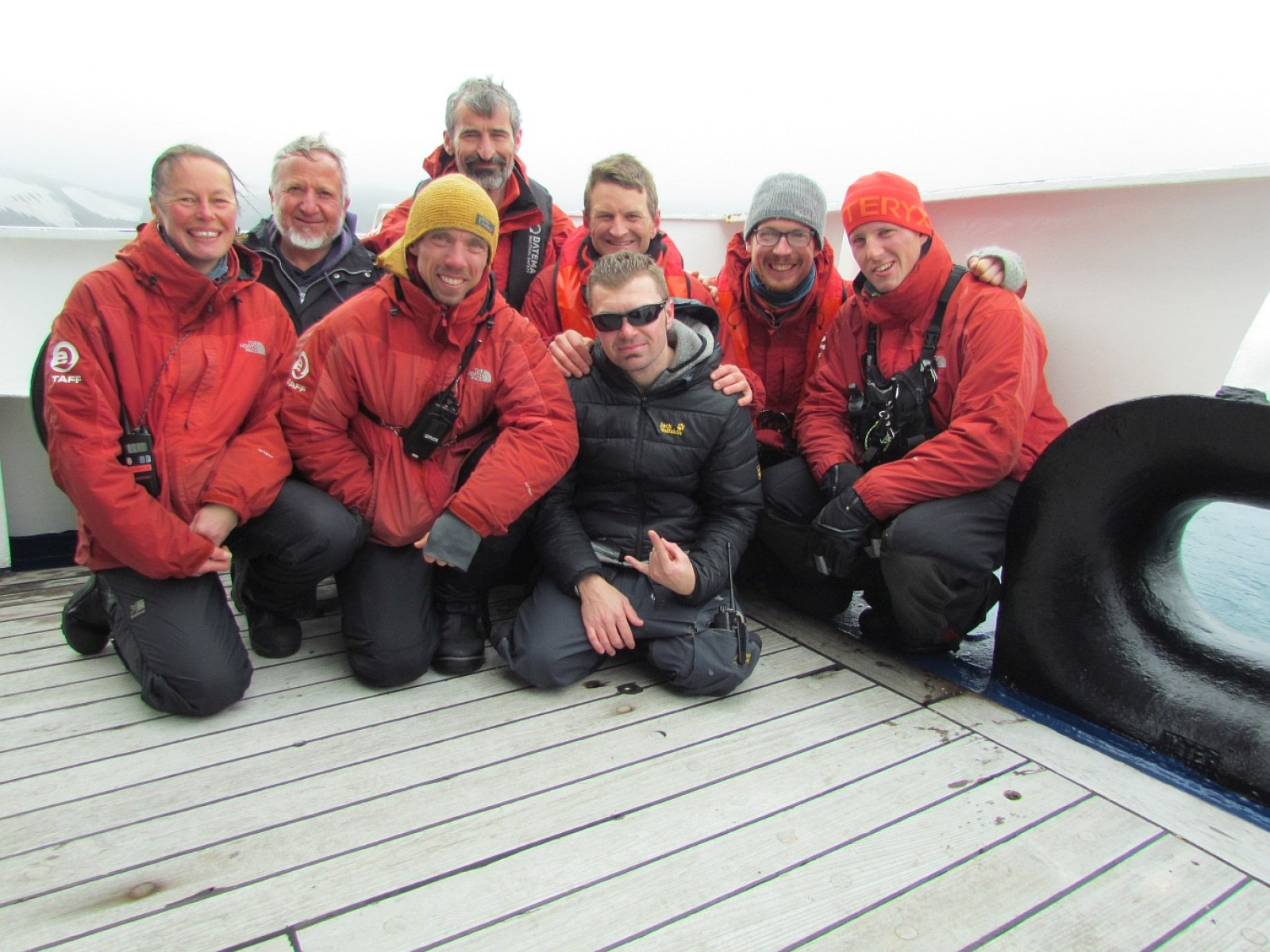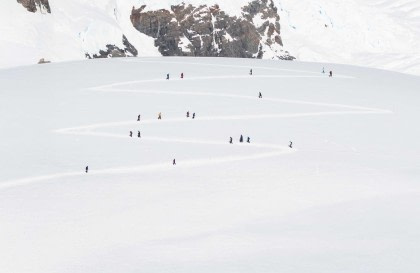Talking shop with expedition leader Ali Liddle
Being a great expedition leader isn’t just about making plans, giving briefings, and enduring the occasional sleepless night spent praying for polar bears.
It’s also about being a skilled presenter and friendly host, someone who can not only guide passenger groups through the rugged polar terrain but also educate them about the many fascinating facets of the Arctic and Antarctic environments.
And in this regard, Ali Liddle more than qualifies.
Having taught primary school for well over a decade before starting as an expedition guide in 2009, she’s been in the industry long enough to see it inside and out, as well as witness some pretty substantial changes along the way.
We spent some time talking with Ali about these changes, challenges, and what draws people (herself included) to the remote polar regions time and time again.
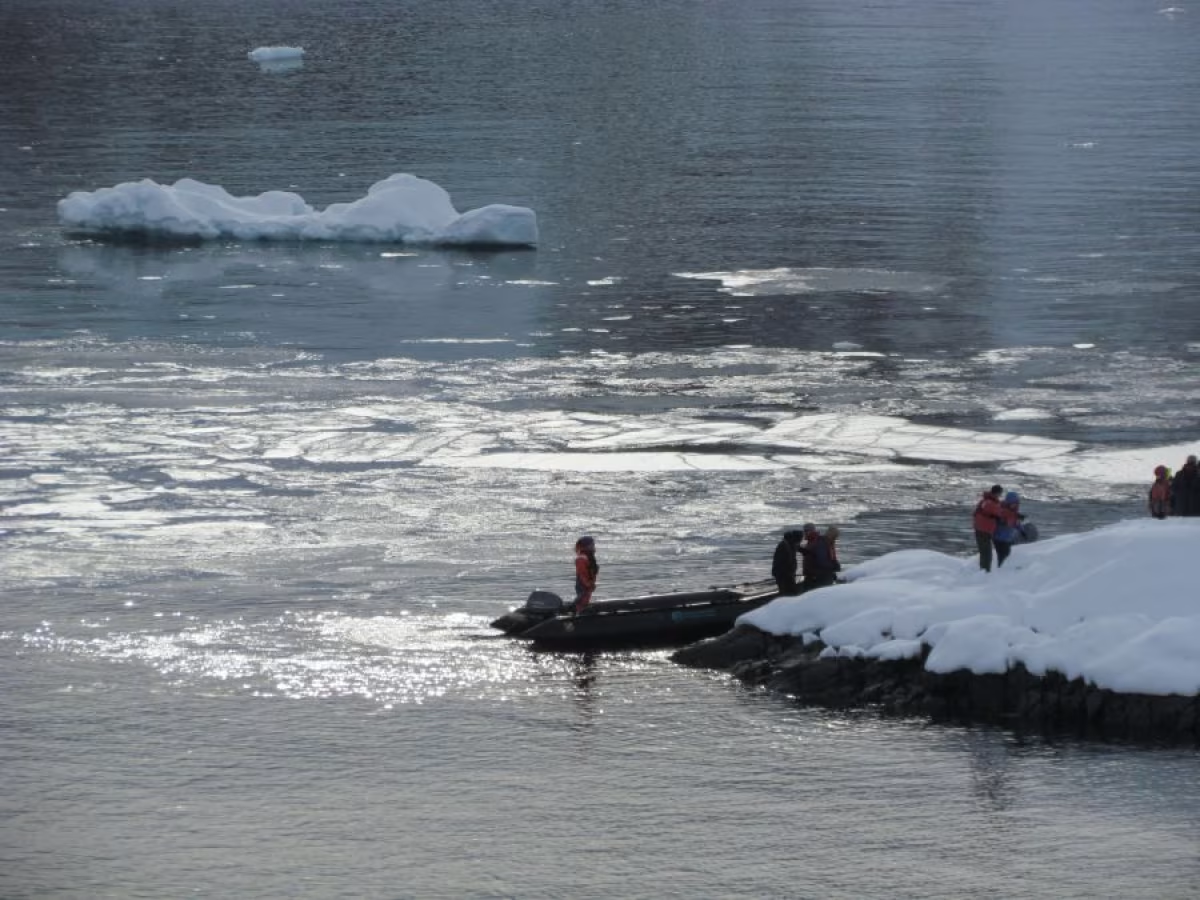
Every expedition guide has a unique origin story. What’s yours?
I did my first trip as an expedition guide back in 2009, working for Cheeseman’s Ecology Safaris on m/v Ushuaia.
At the time, I had been living and working in the Falkland Islands for almost 15 years. My work life was divided between being a part-time primary school teacher and an education officer for Falklands Conservation.
Cheeseman’s placed an advert in our local newspaper, The Penguin News, about a trip they were running to the Falklands and South Georgia. I took a chance and wrote to them to see if they would like a local guide on board, since I’d lived in both locations.

They said they would, so I did my first trip with them in October 2009.
I loved the experience, and after my return I decided to write to other polar cruise companies and see if there were work opportunities.
Oceanwide Expeditions offered me two trips in 2010, and with additional work back on the Ushuaia, my new career began. Since then I’ve only ever worked for Oceanwide and have progressed from guide to assistant expedition leader and finally to expedition leader.
You must have witnessed a lot of changes in expedition cruising over that time.
I’ve seen changes over the last 10 years in the number of ships now cruising the polar regions, but also in the passengers traveling to these areas. Many of the ships are much bigger now, with over 200 passengers.
We’re also seeing more Chinese visitors interested in these destinations, including the Falklands and South Georgia.
The type of passengers are changing as well.
In the past, it was the more adventurous types who went to the polar regions, as the ships were smaller and less luxurious. But now with new and bigger ships, more mainstream tourists are going.
Has this increased popularity had disadvantages?
The Antarctic Peninsula area is busier, since so much can be seen there. At the height of the season, many available landing sites are booked, so we have to act fast.
This doesn’t always allow for as much flexibility as we’d like.
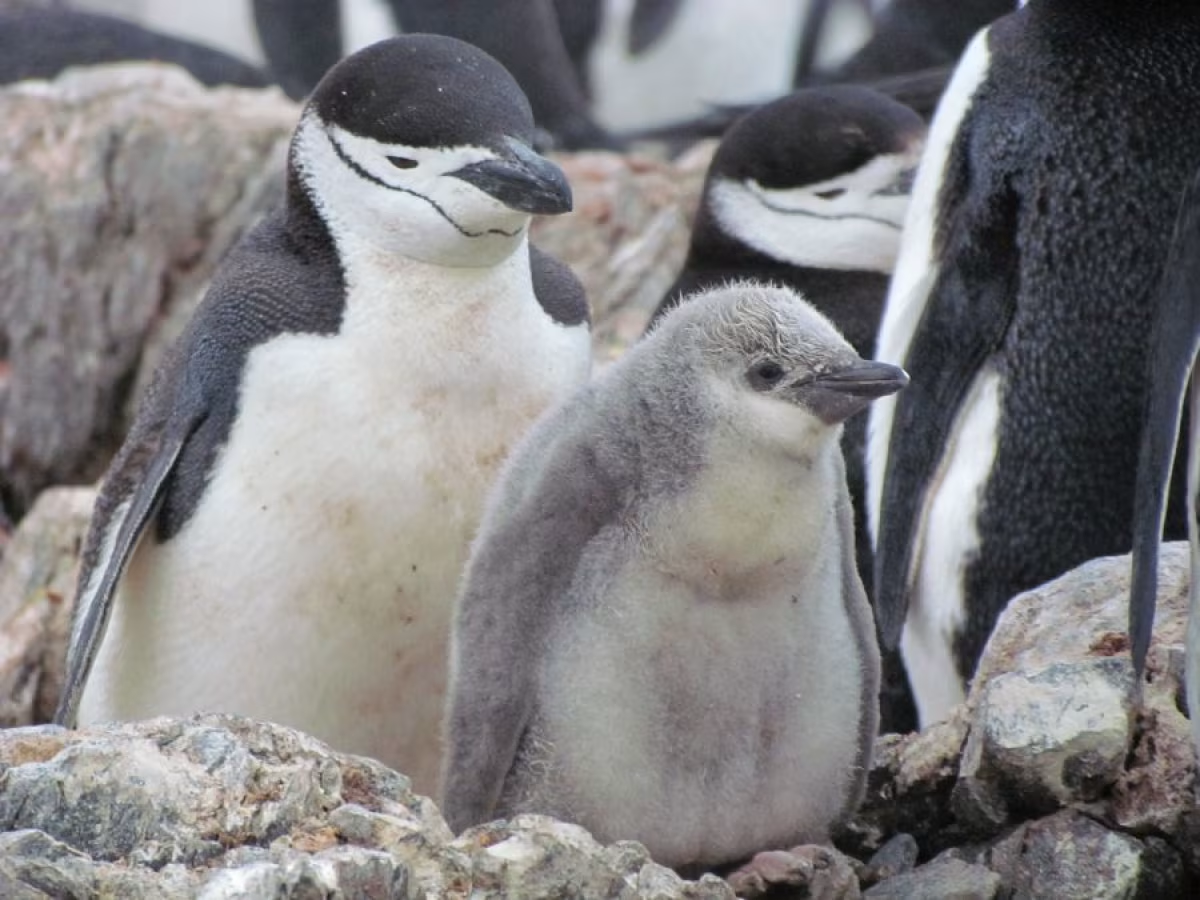
On a Svalbard cruise there are more options for landings, so the pressure on sites is not so great, but it’s certainly busier there than it used to be.
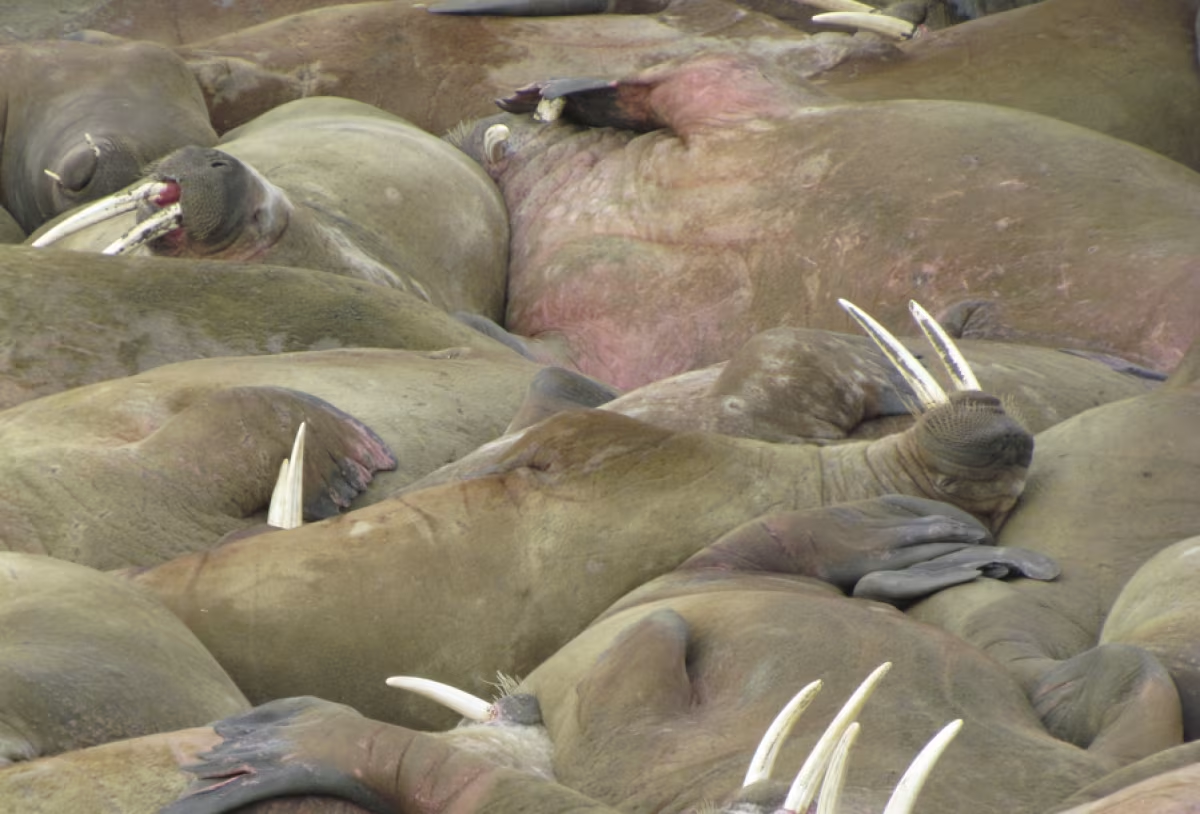
And with more and more expedition cruise ships being launched in the next few years, the polar regions are only going to get busier.
Still, the beauty there must far outweigh the changes since these places keep growing in popularity.
There’s nothing like them.
South Georgia is my absolute favorite destination. It’s one of the most challenging in terms of weather and sea conditions, but the rewards are more than worth it.
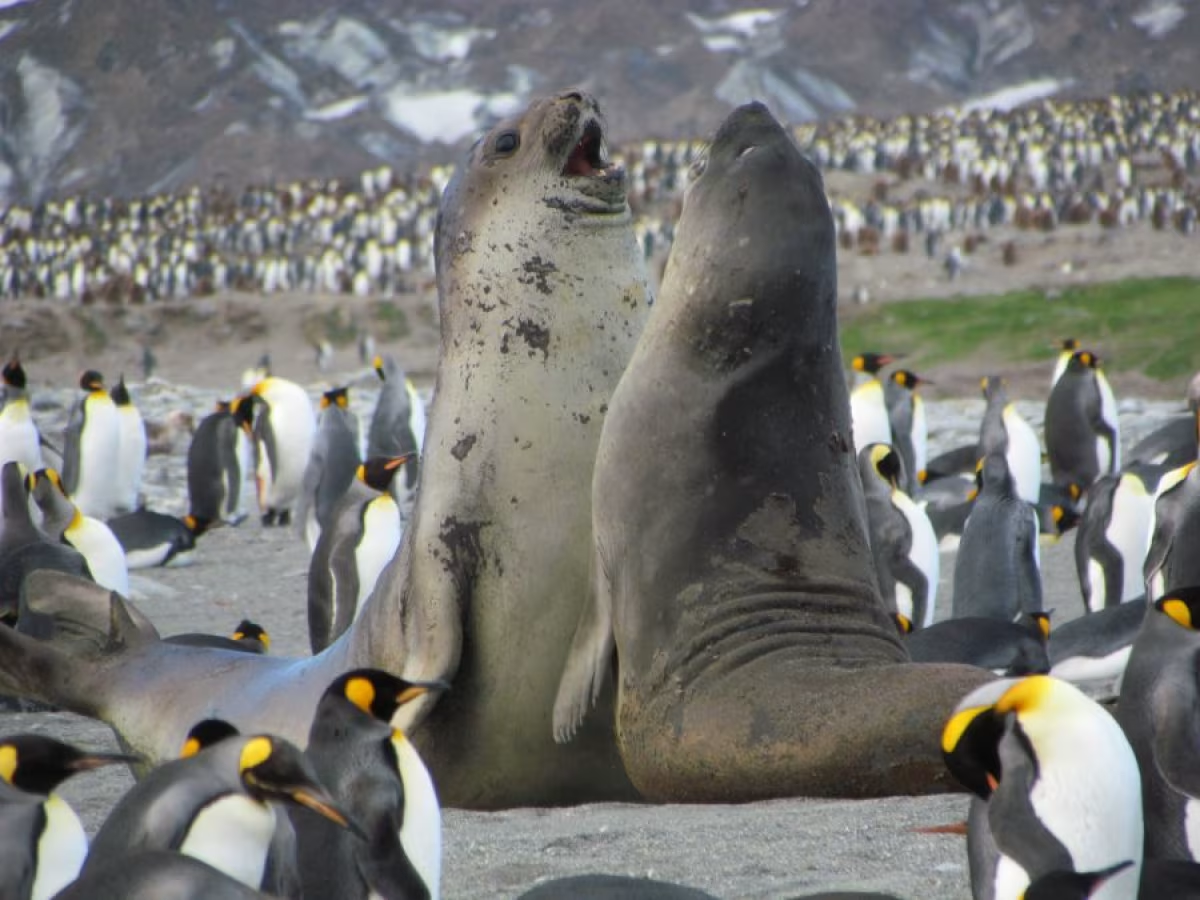
I love it there in November and December, when the elephant seal pups are on the beaches and the fur seals are beginning to breed.
Standing on Prion Island, South Georgia, and watching a wandering albatross on the nest with its chick, or watching and hearing a light-mantled albatross flying overhead, is one of the most peaceful, lovely experiences I know.
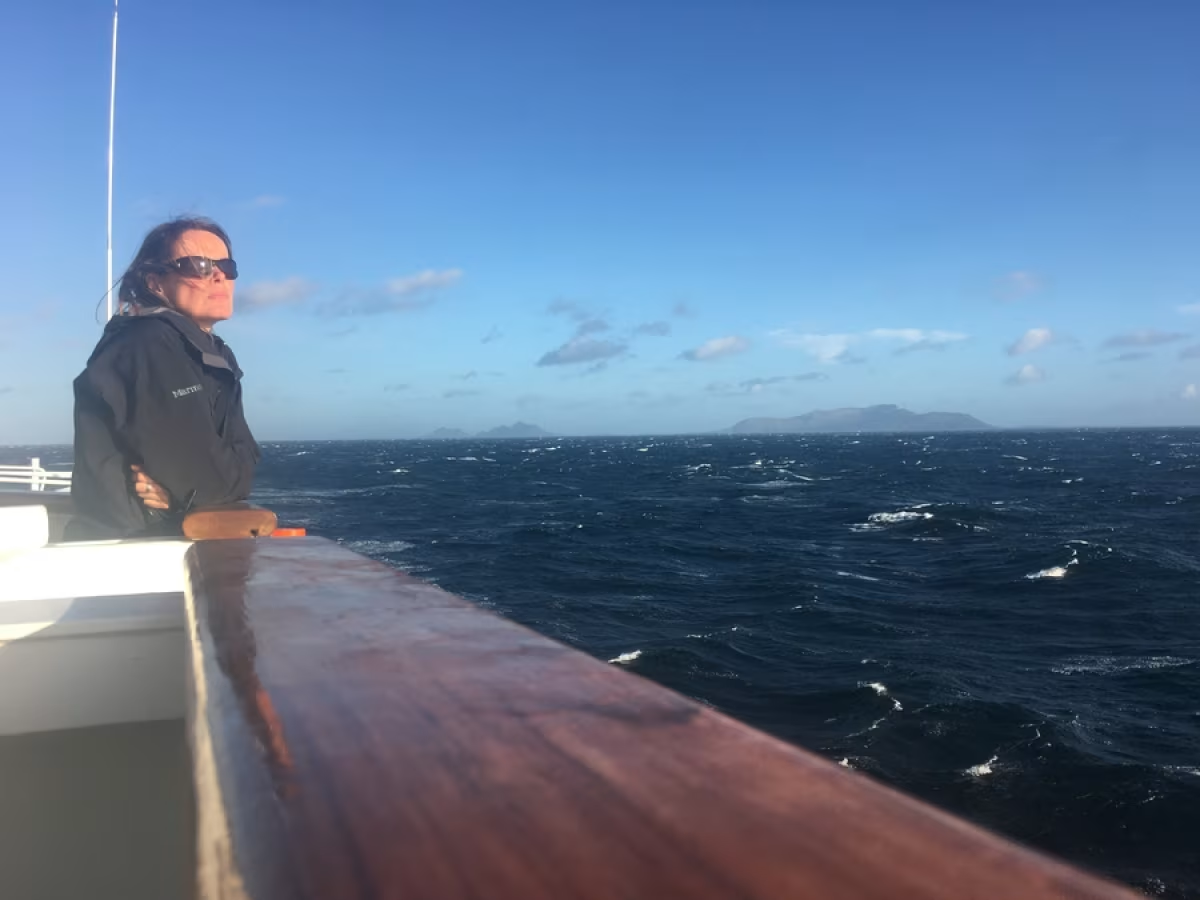
On an Arctic trip, seeing polar bears is of course incredible. It is amazing to stand on the deck of Plancius, watching a polar bear in its ice environment, hear its footsteps on the snow and hear it breathing in the unfamiliar smells of the ship.
They sometimes appear to look you right in the eye with no fear at all.
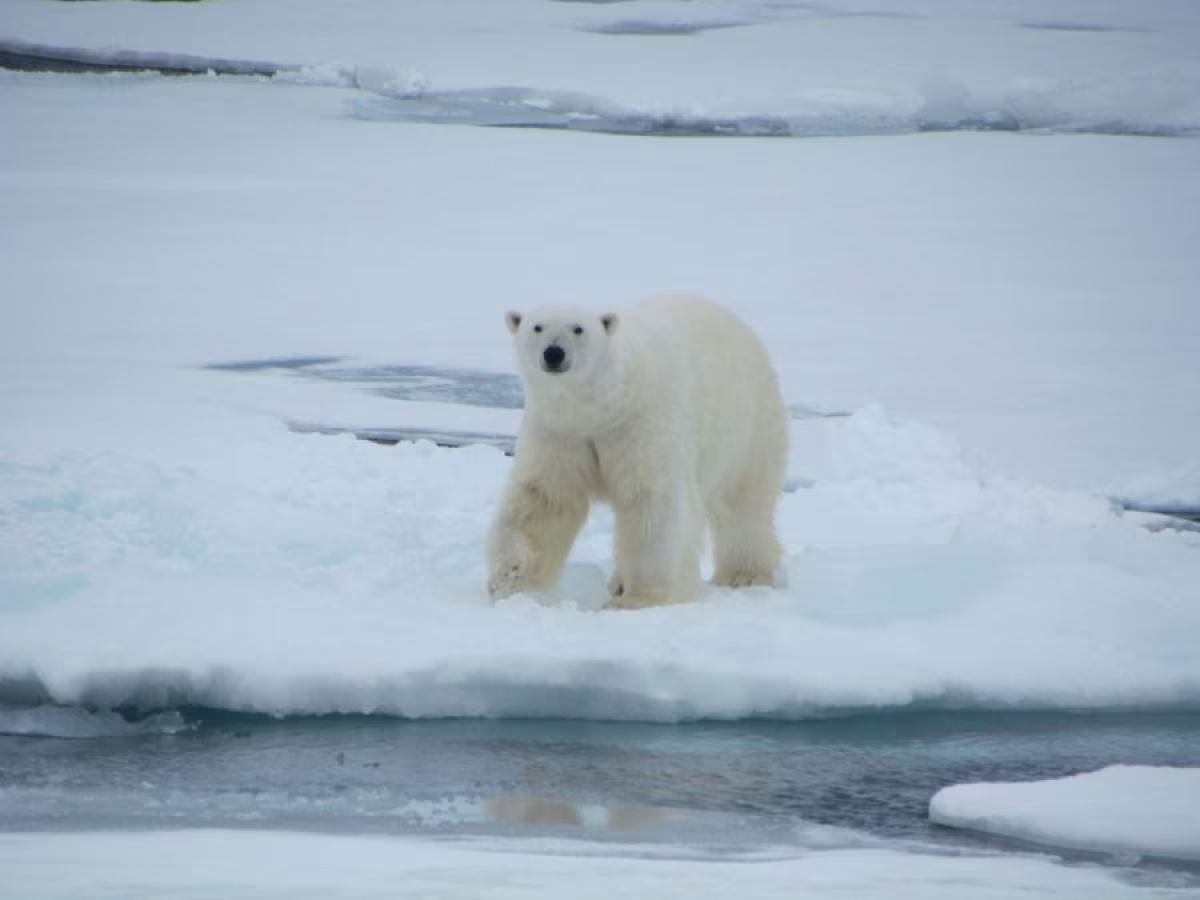
What do you think draws people to these regions?
I think the remote nature of the places attracts people, but for many others they just want to see a polar bear or a penguin.

For me an Antarctica cruise is all about the ice and the mountains, while Svalbard is about the rocky landscape and the polar bears on the pack ice. It’s hard to describe the attraction and addiction to these places, but I can’t imagine not having them in my life.
How do you ever give that up and live a “normal” life? As soon as I leave at the end of a trip, I just want to be back there again.
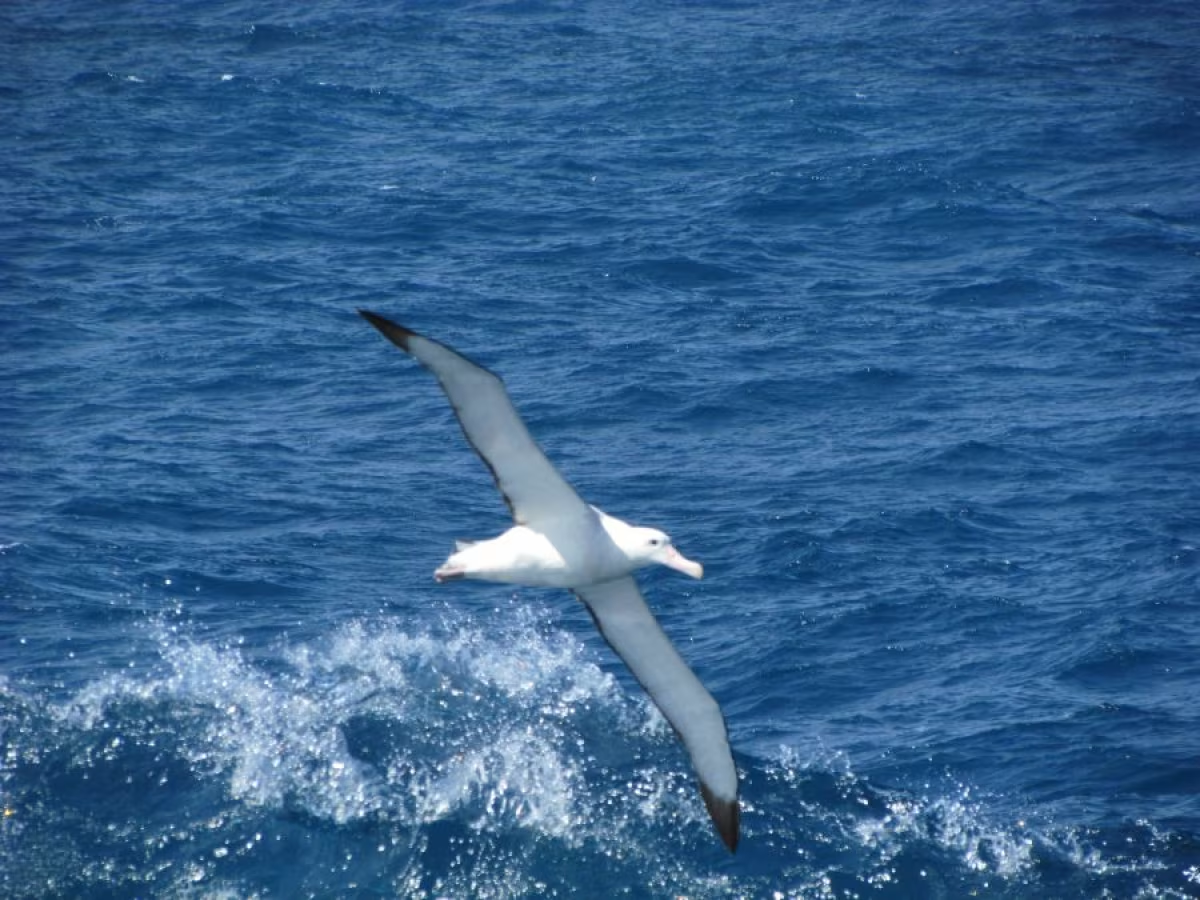
What challenges come along with this way of life?
I feel one of the biggest challenges to being an expedition leader is high passenger expectation.
In these days of internet and social media, people see the perfect blue-sky images of Antarctica and its penguins. They also see Svalbard with polar bears on the ice right next to the ship, and that is what they want and expect.

The reality can be very different, so managing expectations is a real challenge.
Of course, weather in the polar regions creates its own challenges, but this is something we have no control over. Years of experience with Oceanwide has taught me what alternatives there might be in different locations and how to manage passenger expectations when the weather is challenging.
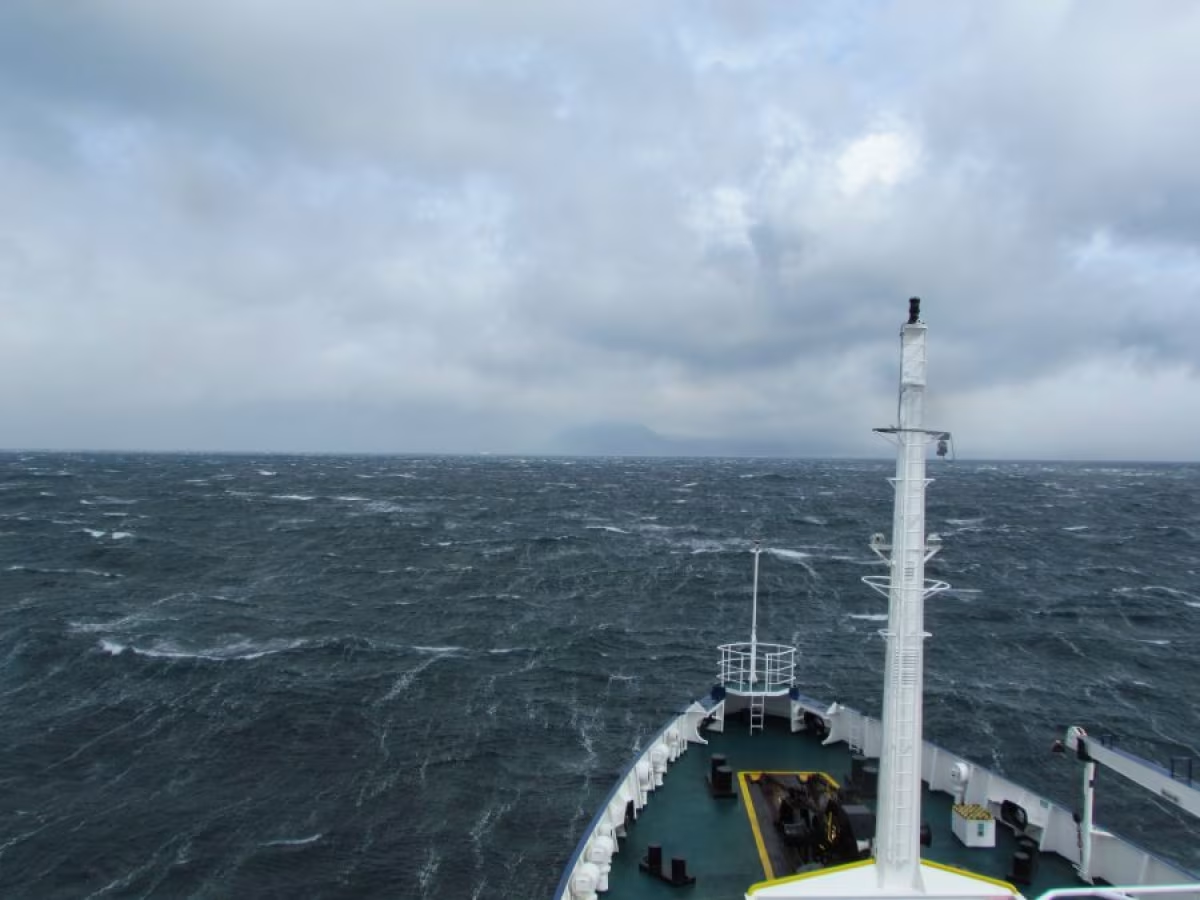
Let’s end with a fun one: What’s your favorite part of your work?
I enjoy sharing my love for the polar regions with the passengers and enabling them to experience these places for themselves.
I take great pride in my role as expedition leader, and I love the sense of satisfaction I get from using my skills and knowledge to make their trip as memorable as possible. I also enjoy working with the members of the expedition team and ship crew to help bring everyone together to make it the best possible trip for the passengers.
I enjoy that sense of team.
All photos by Ali Liddle
